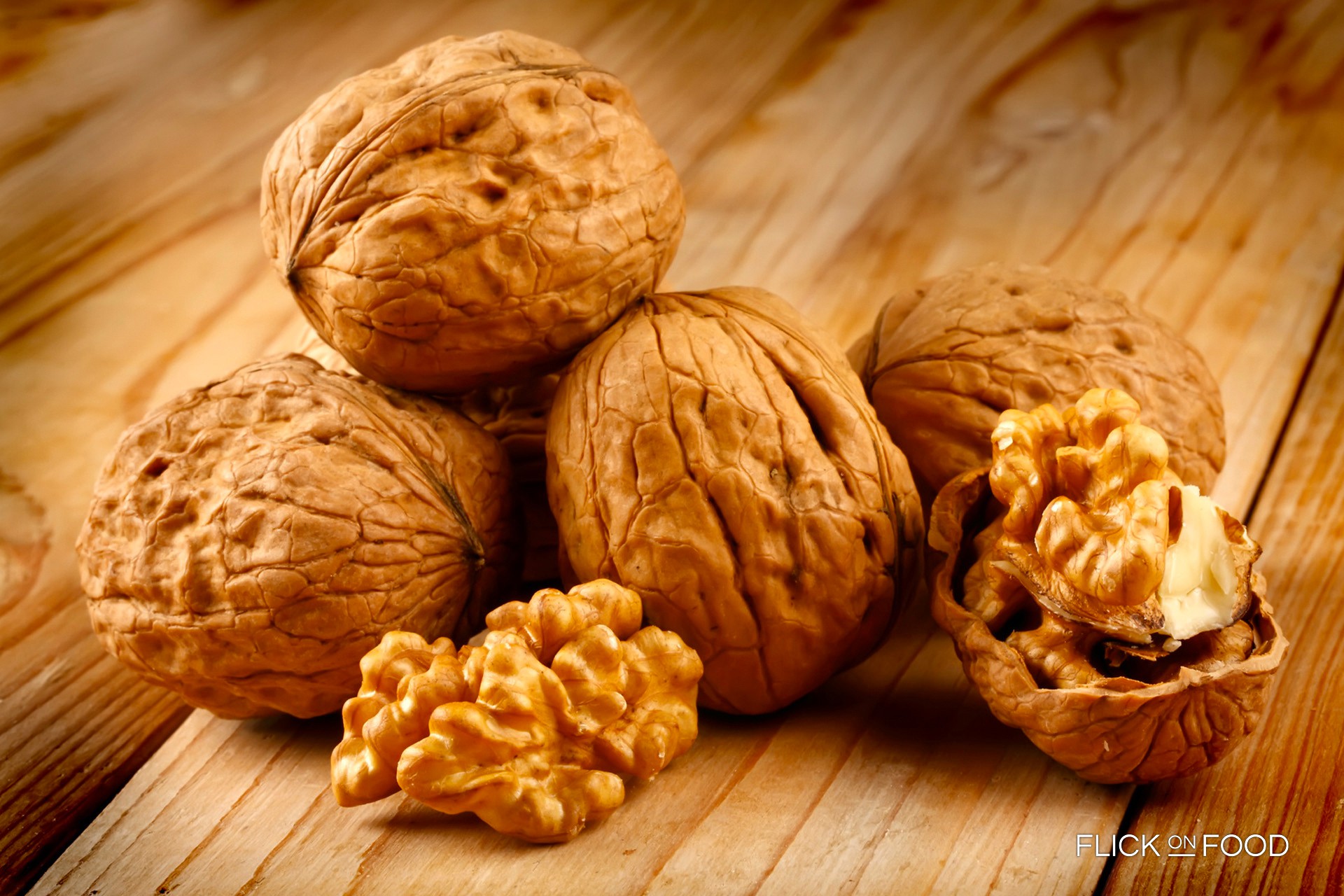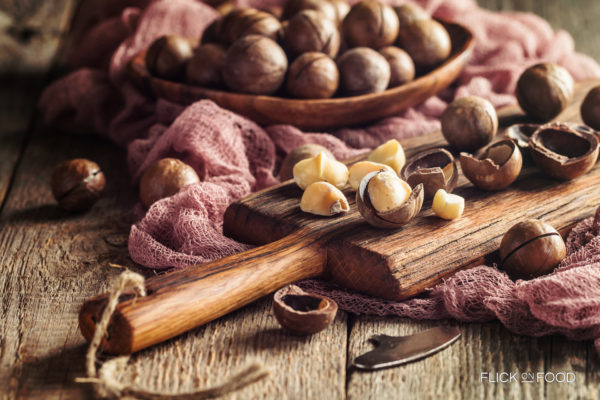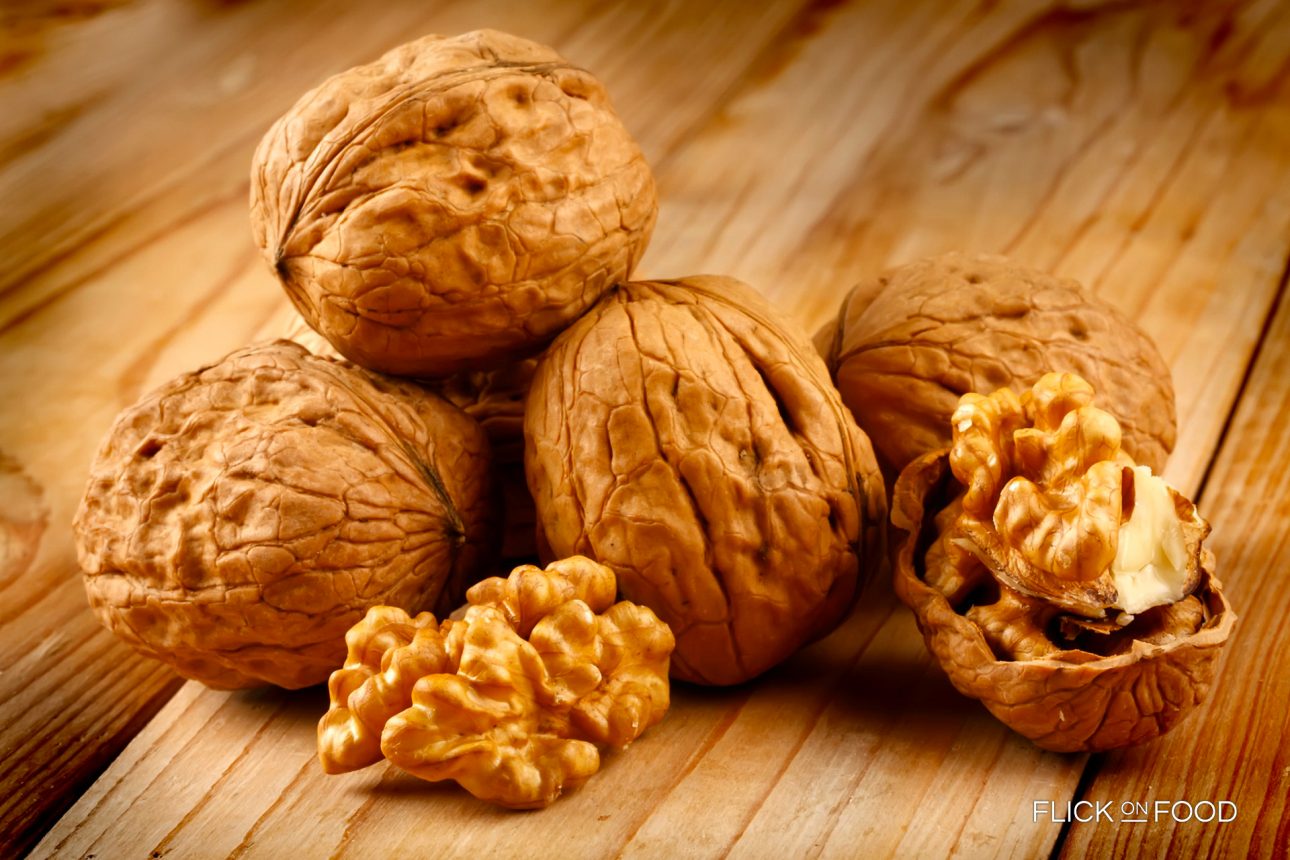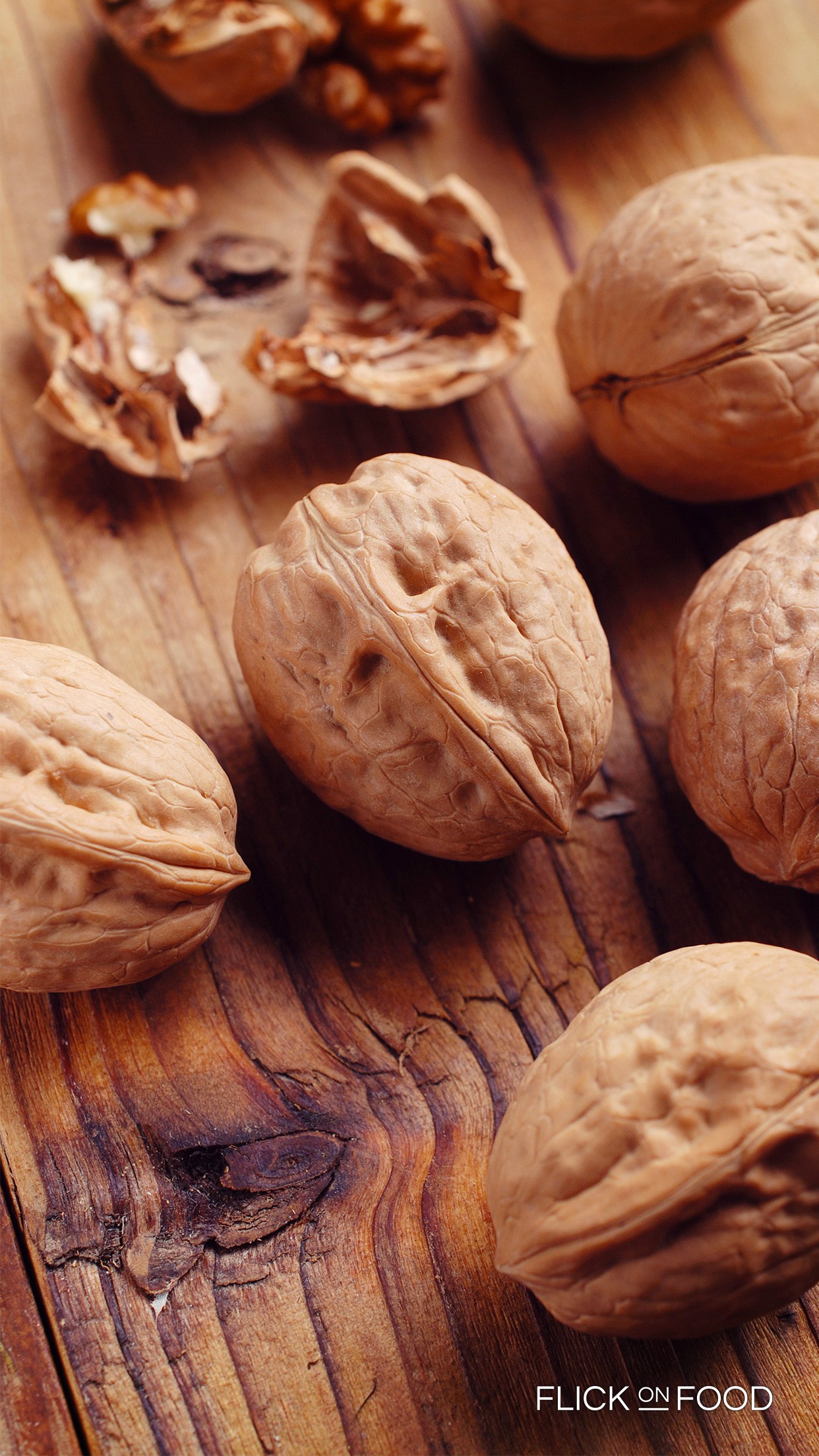
Sorrento Walnuts grace our tables at Christmas dinner as a snack.
Origin
Walnut trees were originally from central Asia, but had already arrived in Campania by the 1st century AD. Evidence of them has even been found in excavations at Herculaneum. The geographic origin of Sorrento walnuts is the Sorrento coast, especially Vico Equense. Thanks to the fertile Campania climate, Sorrento Walnuts really stand out from other types. They are easy to extract whole from their shells, and aren’t very oily. There are different ecotypes in the Sorrento area, but there are two very common varieties: one is elongated and smoother with a slightly pointed top, and the other is smaller and rounder.
Cookit
The most common type is large and easily removed from the shell with light pressure. This is the reason they’re so popular for baking as well as for processing. They’re sold fresh in the markets of Campania between late August and September. Sorrento walnuts in particular are used to make a dark brown liqueur called Nocillo or Nocino, which has an alcohol content of about 40% and an unmistakable walnut flavor.
Did you know
The landscape dotted with rolling valleys, mountains and hills, and the rich traditions of Sorrento all influence the distinctive flavor of the Sorrento Walnut. It’s said that the best Nocillo is made with exactly 24 walnuts picked the evening before the feast of Saint John, which is celebrated, not by coincidence, on the 24th of June–a time of the year when the nut is particularly tasty.






